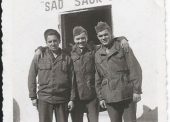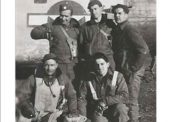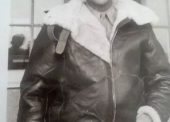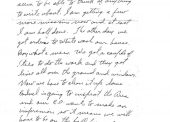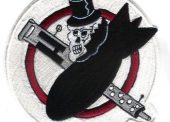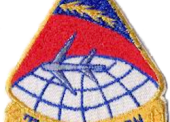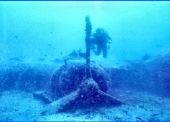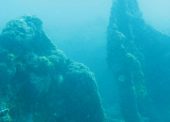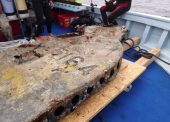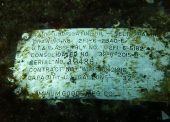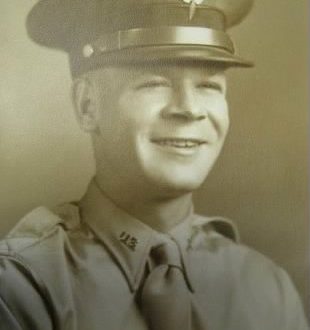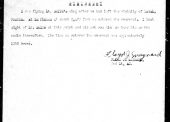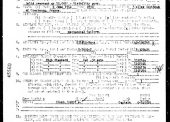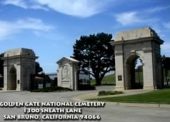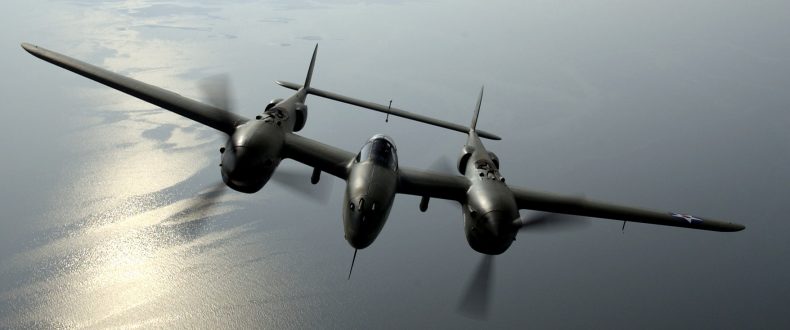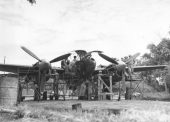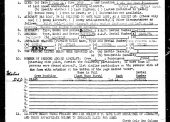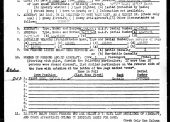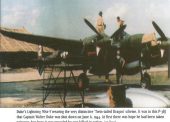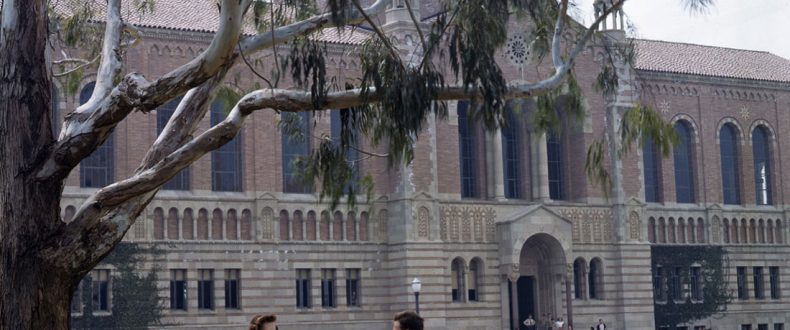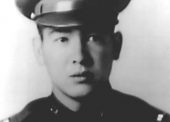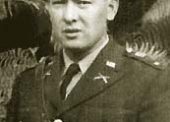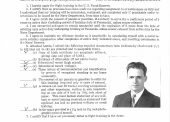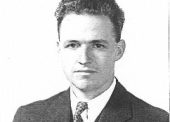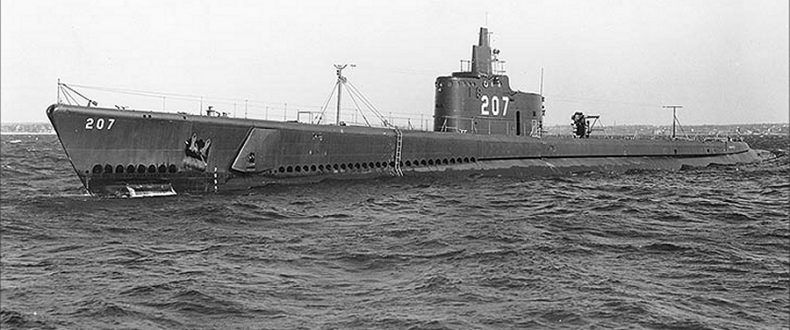MIA: No man left behind?
Two crews from the 449th Bomb Group were lost 13 months apart; one in January of 1944; the other in February of 1945. Both went down off the coast of Northern Italy. And though their wartime missions were very different, in the end, their stories are the same.
“Dumbo,” B-24 tail #41-29217, was piloted by 2nd Lieutenant Ben Newman Kendall, 23, born in Abilene, Texas, on December 14, 1919. He was the son of Owen W. Kendall, a veteran of World War 1, and Sarah J. Kendall. Lieutenant Kendall...
The Last Pilot of the Last Ship in the Squadron
The intended mission of Lieutenant Roger Pagels’ P-51 of the 357th Fighter Group was a patrol of the area SW of Guernsey Island on June 6, 1944.
P-51 tail # 43-6397 was one of three combat losses for the unit this day. Another flyer, Captain Paul K. De Vries, was the last to see this Mustang.
“….Lt. ROGER E PAGELS was the pilot of the last ship in the Squadron formation. I saw Lt. PAGELS' ship take off. That was the last time anyone is known to have seen or heard from Lt....
Fighter Sweep to Meiktila
Twenty P-38 Lightning’s of the 459th Fighter Squadron left their base at Chittagong (present-day Bangladesh) for a fighter sweep against Japanese Army positions in Meiktila, Burma (Myanmar) on June 6, 1944. Two of the American fighters were downed.
Second Lieutenant William C. Baumeister, Jr., reported that he talked to one of the missing, Captain Walter F. Duke, on “several occasions” during the mission via radio:
Lieutenant Baumeister also witnessed the plane piloted by 1st...
The World War II Dead of University of California at Los Angeles (UCLA)
More than 260 UCLA students, faculty and alumni were killed in World War II; only Harvard University suffered more casualties. As a two-time graduate of UCLA, I was honored to research every one of their stories in order to memorialize their sacrifices, their humanity, and their often heroic last acts.
A summary of how and where they died provides a snapshot of the American military experience in World War II. My files consist of many hundreds of pages of military service records,...
Lieutenant Edward P. Haupt and the USS Grampus
The submarine USS Grampus (named for a species of dolphin) was commissioned by the Electric Boat Yard at New London, CT, on May 23. 1941. Few there that day would have guessed that its service in the United States Navy would be of less than two years' duration and that its crew of 71 men would be lost forever.
A line officer on the Grampus was Lieutenant Edwin Paul Haupt. Although he was born in Los Angeles, he spent much of his boyhood in Tulare, California. As a young...

